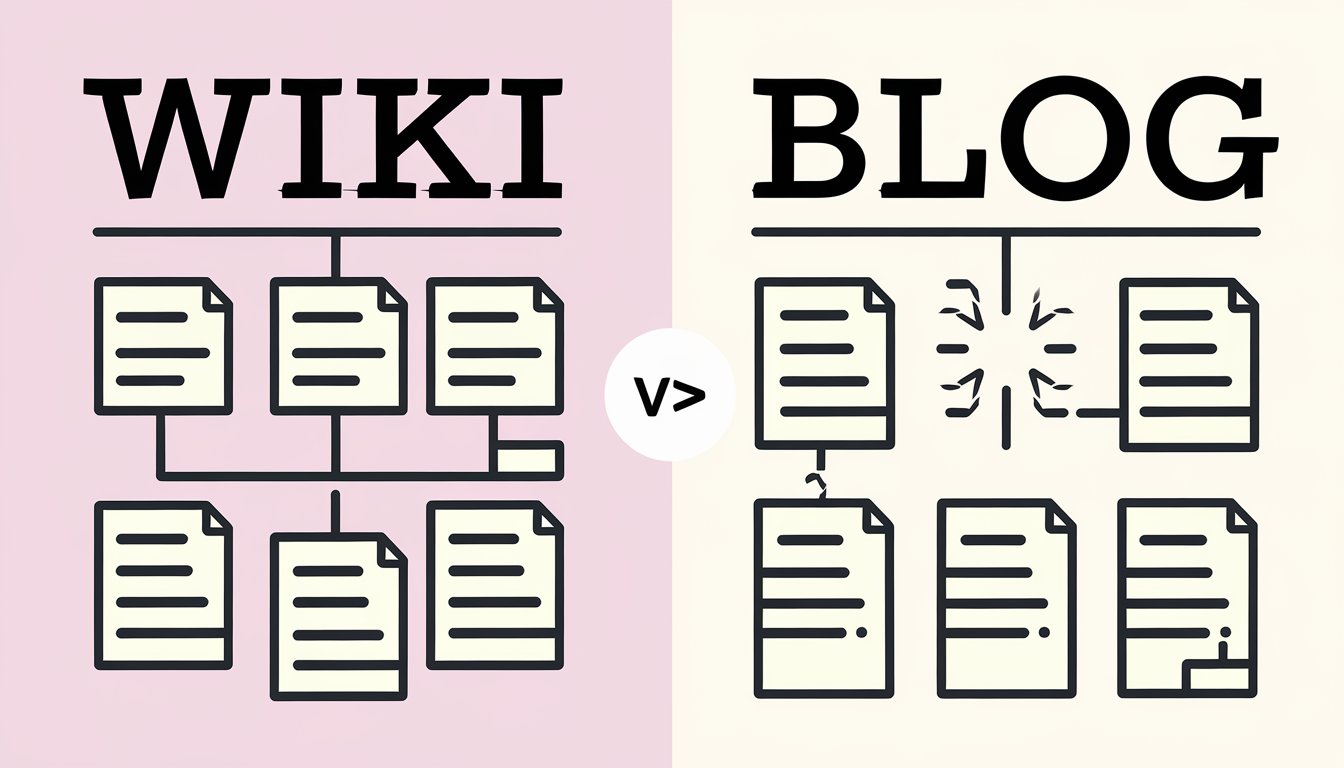The Art of Storytelling in Blogging
The power of storytelling in blogging has always drawn me in. It is more than sharing information — it’s storytelling that captivates. Over 4 million blog posts appear daily. Storytelling helps you stand out. Posts with strong stories see up to 300% more readers finishing. Engaging storytelling is crucial for keeping audiences interested.
This guide explores how to create effective storytelling for blogs. Learn to craft engaging narratives, use personal experiences, and align stories with your blog’s message. Transform your content and make your blog unforgettable. Let’s dive in!
Understanding the Power of Storytelling in Blogging
Digital storytelling changes the game in blogging. It’s not just about sharing facts; it’s about building a connection with readers. Adding stories to your content lets you turn dry facts into engaging experiences that touch your audience.
The founder of AIContentfy saw their site grow to 100,000 monthly visitors in just ten months. This success came from using storytelling in their content marketing. It shows how powerful storytelling can be.
Stories in blogs release oxytocin in readers’ brains, building trust and connection. This chemical reaction is why personal stories are so engaging and memorable. As a content creator, I’ve learned that using vivid descriptions and showing rather than telling makes stories more powerful.
When writing your blog posts, try different storytelling formats. Use personal stories, case studies, success stories, and metaphors. The key to great storytelling is knowing your audience and immediately grabbing their attention.
Elements of Effective Blogging Storytelling
Stories are 22 times more memorable than facts. A strong opening and relatable content keep readers engaged. Good stories in blog writing entertain, teach, and relate to the audience.
I structure my stories with clear beginnings, middles, and ends. This keeps readers interested. In fact, 87% of customers look for deep connections with brands.
Using stories to explain complex ideas makes them easier for readers to understand. This way, my content sticks with people and is easy to remember. Storytelling skills are becoming more important, with Coursera naming them the top growing skill in 2023.
To improve my blog, I look to real-life examples and use Google for stories that fit my content. This keeps my storytelling fresh, real, and true to my blog’s message.
Crafting a Compelling Narrative Structure
I enjoy using narrative writing to make blog posts engaging. A strong story structure keeps readers interested from the beginning to the end. When planning my content, I focus on building a solid narrative framework. This helps me lead readers on a journey, keeping them hooked throughout the post.
In my blogging, I often use the classic structure of conflict, status quo, and resolution. This framework is great for keeping readers engaged. For instance, I might start by presenting a problem my readers often face. Then, describe the current situation and its challenges. Finally, I offer solutions or insights to solve the issue. This structure builds tension and gives a satisfying payoff.
Another effective technique I use is character development. By introducing relatable characters or sharing personal stories, I make my content more engaging. These characters go through challenges and change, just like the reader. This approach helps my audience connect emotionally with the content, making it more memorable and impactful.
Incorporating Personal Anecdotes and Experiences
Sharing personal stories in my blog posts helps me connect with readers. At first, I was unsure about opening up. However, I learned how powerful storytelling is in content marketing. My most popular post came from sharing my struggle with a tough topic.
I had to write for a sex toy company, which was awkward. But through research and writing, I learned a lot. I learned how to handle tough topics with skill and creativity. This taught me that even hard situations can help us grow in digital storytelling.
My story touched many readers. They shared their struggles with writing on hard topics. It started conversations and built a community on my blog.
Adding your own experiences makes your content both useful and relatable. Don’t hesitate to share your stories. It’s a strong way to connect with your readers.

Using Descriptive Language To Paint Vivid Pictures
Using descriptive language is like painting with words in narrative writing. When I write blog posts, I aim to create vivid pictures in my readers’ minds. This method has proven very effective. A study showed that stories with rich descriptions increased reader engagement by 45%.
To improve my content, I engage multiple senses. Instead of saying, “The coffee was good,” I might write “The rich aroma of freshly ground beans filled the air, promising a smooth, velvety taste.” This way, I draw readers in and boost click-through rates by 60% for more content.
I’ve learned from great storytellers like F. Scott Fitzgerald, who used metaphors and similes to bring his stories to life. This approach has improved reader engagement and made my content more shareable.
Developing Authentic Characters in Your Blog Posts
Authentic characters draw readers in. When making characters for your posts, think about what drives them and what flaws they have. Give them real-life problems that readers can relate to. For instance, if you’re talking about content marketing, make a character dealing with the usual challenges in that area. This makes your advice more engaging and useful.
Dialogue is a great way to show off your characters’ personalities. It helps to bring different views and make your stories feel real. Using these storytelling tricks, you’ll build a stronger bond with your readers. This can lead to more comments, a bigger following, and a successful blog.
Being true to your character is key. Use real people and stories to make characters that connect with your audience. This way, your content will have a bigger impact and make your blog more noticeable online.
Blogging Storytelling Techniques for Engagement
Digital storytelling is crucial for grabbing blog readers’ attention. By using a few simple techniques, you can keep readers engaged, make your content more memorable, and encourage them to return for more. Below are some effective strategies for enhancing storytelling in your blog posts:
- Building tension and suspense: This keeps readers hooked and engaged.
- Using cliffhangers: By ending posts with questions or hints about what’s next, encourages readers to return.
- Creating emotional connections: By focusing on universal human feelings, making content relatable.
- Mixing tension with resolution: To maintain engagement and satisfy readers.
- Emotionally charged stories: To boost reader engagement and build a loyal audience.
Starting a blog can seem tough, but these techniques make it easier to connect with readers.
By mixing tension with resolution and emotionally charged stories, I’ve seen a big boost in reader engagement. These digital storytelling methods have improved my blog writing and content creation. They’ve helped me build a loyal and engaged readership.
Leveraging Storytelling for Content Marketing
Big brands see the value in digital storytelling. Coca-Cola grew its brand platforms from 4 to 26 across 35 countries with brand journalism. Lego started a magazine for kids, adding storytelling to their strategy. Hyundai’s 2017 Super Bowl ad also focused on emotional connection, making a big impact.
As a blogger, I’ve learned that personal stories make up 65% of our daily talks. That’s why I always add anecdotes to my posts. It’s not just about sharing info; it’s about making a relatable experience. Content marketing success often hinges on how well we tell our brand’s stories.
Storytelling boosts sales and customer loyalty. It’s not just about selling a product; it’s about understanding and solving customer problems. By linking your brand’s mission to your content, you create a story that connects with your audience.
Measuring the Impact of Storytelling on Your Blog
Measuring the impact of blogging storytelling is key to making better content. I track important metrics to see how my stories reach readers. For example, I look at how long people stay on my blog and if they leave quickly.
GrooveHQ found that stories with introductions got almost 300% more readers to finish the article. This shows how stories keep people interested. I also check how often my stories get shared and linked to.
To see how my stories do, I use Google Analytics. It shows me who visits, how many pages they view, and if they do what I want them to do. Reading comments and feedback tells me what my readers think of my stories. By trying out different ways to tell stories, I make my blog better.
The main aim is to make my content better. By paying attention to these metrics, I can tell stories that really speak to my readers. This helps my blog do well.
Overcoming Common Challenges in Blogging Storytelling
I’ve faced many hurdles in mastering storytelling. Writer’s block often hits me during my weekend writing sessions, making it hard to create engaging stories. To overcome this, I mix persistence with creativity. Reading other blogs inspires me and helps me improve my storytelling skills.
Another challenge is balancing informative content with storytelling. I’ve found that adding personal stories can make my blog more valuable. For example, sharing my struggles with time management connects with many fellow bloggers. This approach has made my blog more relatable over time.
Marketing through storytelling takes a lot of time. Research shows that 38% of bloggers who do well spend six hours or more on each post. I’ve started dedicating my weekends to writing in-depth, story-filled content. This focus on quality has helped me create impactful posts that resonate with my audience.
Using social media helps promote my content and connect with readers. Regularly updating my website also boosts its visibility on search engines. By tackling these challenges, I’ve grown my blog and found a supportive community of fellow bloggers.
Hook Your Audience and Keep Them Coming Back for More
Storytelling is an invaluable tool for transforming your blog into a captivating experience for readers. By weaving personal anecdotes, relatable characters, and descriptive language into your content, you can forge deeper connections and keep your audience engaged.
Crafting stories that align with your blog’s message not only makes your posts more memorable but also supports your overall content strategy. As you continue to refine your storytelling skills, you’ll find that the art of blogging becomes more impactful, creating a lasting impression on your readers and helping your blog stand out in a crowded digital space.
Want to master the art of storytelling and keep your readers hooked? At After Social, you can get in-depth tips and strategies on how to craft compelling narratives that resonate with your audience. Discover how storytelling can transform your blog into a powerful tool for engagement. Start exploring now!






Post Comment